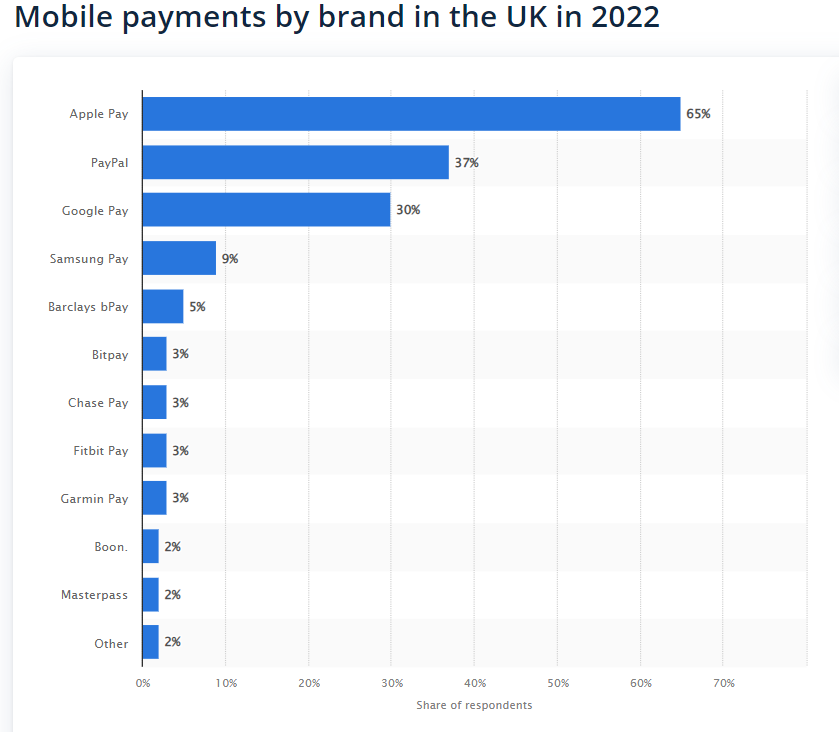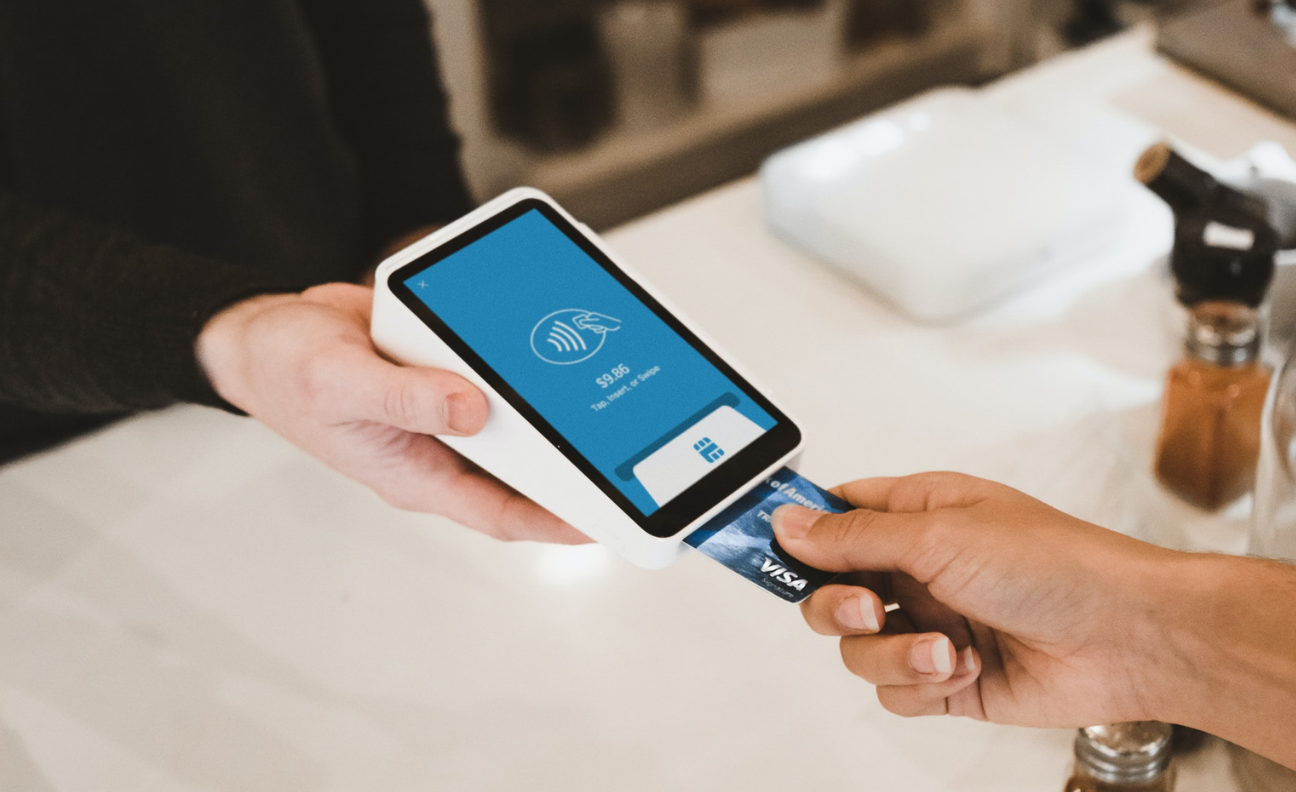With the British Retail Consortium‘s yearly payments survey showing that cards comprised about 90% of total retail activity in 2022, retailers have been struggling with higher and higher fees for accepting card payments. That said, it has become increasingly important for businesses to find alternative payment options that offer better value if they hope to remain competitive and succeed.
LinkedIn News UK recently consulted a few retailers on their thoughts regarding the future of payments – what follows is what these entrepreneurs had to say…
Flexibility is Key
For retailers to remain competitive amidst skyrocketing technological advancements, it is essential for them to offer customers flexible payment solutions.
According to LinkedIn News UK’s interviews with retail businesses, open banking solutions are especially beneficial since they provide an extra layer of security and reduce costs while allowing customers a secure way to pay without using their debit or credit cards.
Cash Still Essential?
Furthermore, retail businesses insist that cash is still indispensable – particularly for those who require a steady stream of income or lack access to banks and credit cards. Cash grants people more autonomy over their own finances; it prevents financial institutions from dictating how money gets spent and provides greater privacy than digital transactions do.
Nevertheless, there are drawbacks to relying solely on cash as payment; since counterfeits can be difficult to detect, large purchases (like buying a car) become inefficient compared with using other forms of currency.

Analysis of the Situation
It’s clear that the future of payments is going to be a mix of cash, digital and open banking solutions. Retail businesses need to have flexible payment options in order to remain competitive, but they also need to consider the limitations and potential fraud associated with cash. Businesses that develop innovative and secure payment solutions will likely find success in the future.
Ultimately, advancements in technology and customer preferences will shape the future of payments. As more people become comfortable with digital payment solutions and open banking solutions, businesses must adapt accordingly in order to remain successful. By understanding their customers’ needs and exploring new payment methods, retail businesses can create an attractive customer experience that drives engagement, loyalty, and growth.

The Future of Payments: What’s Next?
Over the past decade, we’ve seen dramatic changes in how people pay for goods and services. We’ve moved away from cash and cheques towards cards, mobile payments, and digital wallets. To stay competitive, retail businesses need to keep up with these changes and prepare for what’s next.
The most likely development in the world of payments is contactless and mobile payments. Contactless technology has been around since 1995, and it became widespread when Apple Pay launched in 2013. Mobile payment services such as Google Pay and Apple Pay are becoming increasingly popular, as they make it easier for customers to pay with their phones.
Finally, open banking may soon revolutionise the way we make payments. Open banking enables customers to securely share their financial data with third-party providers; this allows them to make payments without having to provide their credit card or bank account information directly. By taking advantage of open banking, retail businesses can reduce the cost of processing payments and improve security
Opportunities for Payment Processing Businesses
The continuous advancements in payment processing technology have opened up various opportunities for businesses to take advantage of. Companies that specialise in payment processing can benefit from these developments, as they can offer merchants a secure and convenient way to accept payments.
In addition, there are opportunities for businesses to provide open banking solutions or develop new mobile payment services. By understanding the payments landscape and staying up to date on changing customer preferences, businesses can create innovative products that meet consumer needs.

Role of Marketing in Communicating Retail Payments Flexibility
For retail businesses to succeed in the future, they need to ensure that their customers are aware of the payment options available. This is where marketing comes in. By communicating their payment flexibility through various channels such as social media, email campaigns and promotional material, retailers can make sure that their customers are aware of the different ways they can pay.
For example, businesses can use social media to share creative videos and GIFs that showcase their new payment methods. They can also create targeted email campaigns that highlight discounts and promotions for customers who pay with specific payment options. Finally, retailers should consider exploring outdoor marketing opportunities such as bus wraps or billboards to reach a wider audience
All of these marketing efforts can help to create a positive customer experience, which is essential for any business. By communicating their payment flexibility, retail businesses can attract more customers and improve their bottom line
By embracing new payment methods, retail businesses can stay competitive in the ever-changing payments landscape. They must understand their customers’ needs, explore innovative and secure payment solutions, and communicate their payment flexibility through effective marketing. With these strategies in place, businesses that develop innovative and secure payment solutions will likely find success in the future.
Conclusion
As technology continues to advance at an ever-increasing pace, retail businesses need access to better payment options that will allow them to stay competitive in this rapidly changing market. Flexibility is key when it comes to choosing payment options; open banking provides customers with a secure way of paying without using debit or credit cards while still being cost-effective for retailers.
Cash may still play an important role in certain scenarios where digital transactions aren’t possible but its limitations should be considered as well. Ultimately, retail businesses must weigh the pros and cons of each option before deciding which one works best for their business needs.









